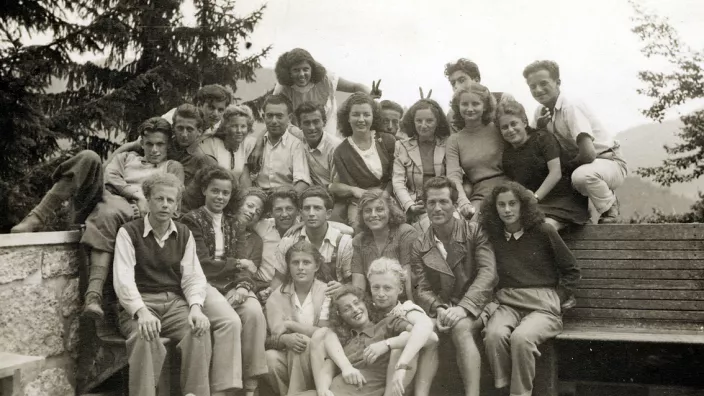
Students bring in a family photograph they like. This can be from a vacation, a holiday celebration, a family life cycle event, any photograph that includes the student. In class, students look through the Centropa database to find a photograph that looks similar to the one they brought in – people might be posed similarly to the people in their picture, or doing the same thing, etc. Then they read about that photograph, as well as the Centropa interview to find out about the life of that survivor. They then make a poster that includes the two photographs, as well as a QR code to online photograph for other students to scan, and they present the two stories (their own, and the Centropa interviewee’s) to the class, including their observations about any similarities and differences between their two lives. Another option would be to put the posters around the room and have students choose 2-3 stories to learn about, scanning the QR codes with their iPads, smartphones or other devices. Once students have heard several (or all) of the stories they each read, the teacher conducts a class discussion about what they learned, if they felt the stories of growing up in early 20th century Europe were in any way like their own and, if not, how they were different. The teacher should also discuss the limits of drawing parallels between lives in different cultures.